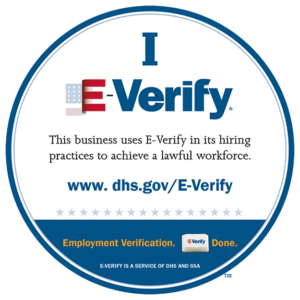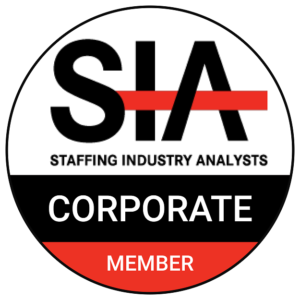5 Red Flags in A Job Posting
Are you ready to take your career to the next level? Finding a tech career can be a difficult task. Although you can’t afford to be too picky, you should be able to tell the difference between fantastic career opportunities and entries on work boards that will simply waste your time. Job posts on the internet are always trying to make the company and work seem exciting. In this article, we’ll look at five red flags in a work advertisement that might indicate a potentially bad job.
Know your own strengths and weaknesses, as well as what you expect to learn from the job, and keep those in mind as you read job postings and conduct research on potential employers. Often, keep an eye out for these warning signs. They don’t necessarily mean you should avoid an organization, but they may give you a reason to investigate further to see if the position is a good fit for you.
A work description that is ambiguous
A job description is supposed to show you exactly what the job entails and what skills are needed. You’ll be able to easily see if you’re a good fit for the role this way. A work description that is ambiguous is a major red flag. It’s a sign that the potential boss is disorganized and doesn’t understand what it takes to get the job done. A job description like this implies that the job will be unstructured.
Also, work descriptions with double-barreled job names should be avoided. Employing one person to fill two vacancies is the aim of double-barreled work postings. For example, as a bilingual office administrator/translator, you may not only be responsible for administrative duties in the office but you will also be required to translate all internal communications.
Too many requirements
Aside from avoiding work listings with inadequate requirements, you can also avoid descriptions with excessive requirements. Credential creep is the term for this. A tech work posting with a long list of basic requirements indicates that the employer isn’t sure what they’re looking for. Most candidates will find it difficult to get through the screening process, and it will be almost impossible to meet requirements once employed. A credential creep, on the other hand, indicates that you will operate without sufficient guidance and leadership because the employer lacks sufficient knowledge about the job.
When an organization lists five years of experience for a tech position that needs software that is just a year old, this is an excellent example of credential creep. It’s also possible that the job posting would require so many years of experience and varied skills that no single person will be able to meet them all. Another illustration of credential creep is when a company requests advanced credentials and degrees that aren’t required for the position. Organizations that choose a small number of applicants to make the selection process easier use this strategy.
The job description mentions astronomical earnings potential
When searching for job openings on job boards, be wary of any listing that seems to be too good to be true. Some jobs, especially those labeled as marketing, are actually disguised sales positions. Some would also ask you to buy goods in order to resell them for a profit. This ensures that the business makes a profit as soon as you pay for the product, and you’re left to try to make a profit on your own.
The majority of workers in these jobs don’t make six figures, but the employers advertise high pay potential to entice you to apply. It’s the same principle as in multi-level marketing. The majority of the workers are paid in the low tens of thousands of dollars. This isn’t to say that jobs with a commission structure are always evil. Some jobs can pay well, but you should be wary of applying for jobs with exorbitant commissions.
Bad work-life balance indicators
If you’ve spent some time looking at job posting sites, you’ve probably come across some job descriptions that cleverly hide an organization’s lack of work-life balance. Other characteristics to look for include the ability to function in high-stress environments and the willingness to wear many hats. Organizations that are understaffed and show no regard for work-life balance use phrases like these.
The job has been advertised on job boards for quite some time.
It’s possible that a job opening has been on a board for months because the employer is constantly trying to fill high-turnover vacancies. It may also indicate that the company is putting the job on hold and that the reasons for the high turnover are untrue. It’s also possible that the organization is gathering resumes in order to obtain relevant details or to reuse them in the future.
A job that is constantly being re-posted is also a major red flag. It demonstrates that the company is unable to keep its workers for whatever reason. When it comes to such positions, be careful. Employees quit their employment for a variety of reasons, the most common of which is a bad boss or poor working conditions.
Conclusion
Poor job signs are obvious, and you can usually tell a good job fit from a bad one based on your gut instinct. Listen to your gut if it says No way! Even if you trust an organization and are enthusiastic about a working title, if a job posting includes the red flags mentioned above, you should reconsider applying.














